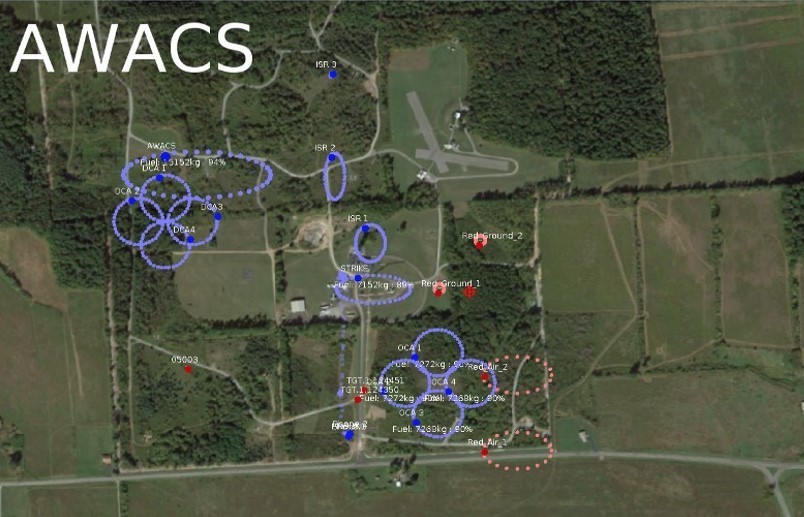
An ambitious project is looking to improve cybersecurity and accessibility for US Air Force cloud computing applications.
The Robust Information Provisioning Layer, better known as RIPL, is a cybersecurity tool being developed under the auspices of the US Air Force’s Research Laboratory (AFRL). RIPL could play a key role in the US Air Force’s Advanced Battle Management System (ABMS). This in turn forms a key part of the US Department of Defence’s Joint All-Domain Command and Control architecture (JADC2).
JADC2 will connect every weapon, sensor, platform, base and human asset deployed to support an operation. America’s armed services each have tactical and operational/strategic level Command and Control (C2) systems. These are largely stove-piped, making it difficult for information to flow laterally between them. As a result, the OODA (Observe, Orient, Decide, Act) loop can be slowed if information moves between services in a cumbersome fashion. The 2018 US National Defence Strategy first envisaged the need for JADC2. It argued that navigating the OODA loop at a faster clip than one’s adversary is intrinsic to defeating regional anti-access/area denial postures.
ABMS
The US Navy, US Army and US Air Force are all developing new C2 systems which improve inter- and intra-service flows of information. ABMS is indicative of this. As a paper by the US Congressional Research Service states, cloud computing forms a key part of the architecture. The ABMS aims to create an Internet of Military Things (IOMT). Much like the prevailing JADC2 philosophy this will network all air force assets deployed to support an operation. These assets will continually share their information upwards to the combat cloud and receive information they need down from it. Lateral links between the combat clouds of sister and allied services will let information flow betwixt these.
Managing the Data
The ABMS doubtless risks creating torrents of data all of which needs to be managed. This is where RIPL comes in. Raytheon’s BBN subsidiary has developed RIPL which acts as a custodian of this data only releasing what a user requests and is allowed to see: “In a nutshell, the RIPL system allows seamless and secure access to content for all users in the network. (This ensures) users receive only what they requested and what they are authorised to see,” Sam Nelson, principal investigator at Raytheon’s BBN subsidiary told Armada. “In other words, it provides users at the tactical edge with wide-scale access to content, which may have previously been inaccessible or siloed due to differences in waveforms/networks, platforms and message types, for example.”
RIPL will make significant use of artificial intelligence to ensure information seamlessly and securely flows between users and the cloud even if connectivity is intermittent. This is important when the air force is operating in electromagnetically contested and congested environments. In December 2022, the AFRL performed laboratory experiments. These saw the RIPL architecture connect with SpaceX’s Starlink communications satellite constellation. The demonstration showed that data could be moved between sites in Stockbridge and Rome, north New York State, both involved in the experiment. “We did not fly any platforms during these tests; they were all ground based. This should give some indication as to the readiness level,” Mr. Nelson adds. He continued that the programme is in the “proving the concept” phase. “How various parts of the DOD will actually field this, or deploy it operationally, is still yet to be seen.”

by Dr. Thomas Withington












